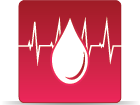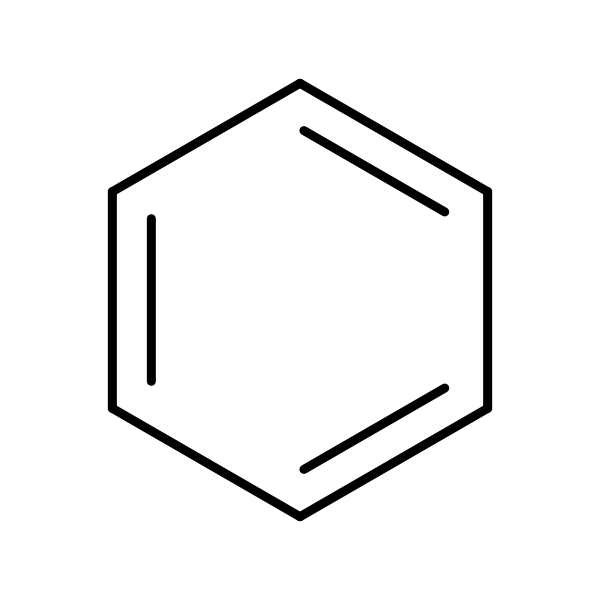Benzene
CASRN 71-43-2 | DTXSID3039242
- Toxicological Review (PDF) (180 pp, 1.59 M)
- IRIS Summary (PDF) (45 pp, 261 K)
- Supporting Documents for Benzene (Cancer)
Noncancer Assessment
Reference Dose for Oral Exposure (RfD) (PDF)
(45 pp, 261 K)
Last Updated: 04/17/2003
| System | RfD (mg/kg-day) | Basis | PoD | Composite UF | Confidence |
|---|---|---|---|---|---|
| Immune | 4 x 10 -3 | Decreased lymphocyte count |
BMDL
:
1.2
mg/kg-day |
300 | Medium |
Reference Concentration for Inhalation Exposure (RfC) (PDF)
(45 pp, 261 K)
Last Updated: 04/17/2003
| System | RfC (mg/m3) | Basis | PoD | Composite UF | Confidence |
|---|---|---|---|---|---|
| Immune | 3 x 10 -2 | Decreased lymphocyte count |
BMCL
:
8.2
mg/m3 |
300 | Medium |
Cancer Assessment
Weight of Evidence for Cancer (PDF)
(45 pp, 261 K)
Last Updated: 01/09/2000
| WOE Characterization | Framework for WOE Characterization |
|---|---|
| A (Human carcinogen) | Guidelines for Carcinogen Risk Assessment (U.S. EPA, 1986) |
| Known/likely human carcinogen | Proposed Guidelines for Carcinogen Risk Assessment (U.S. EPA, 1996) |
- Benzene is classified as a "known" human carcinogen (Category A) under the Risk Assessment Guidelines of 1986. Under the proposed revised Carcinogen Risk Assessment Guidelines (U.S. EPA, 1996), benzene is characterized as a known human carcinogen for all routes of exposure based upon convincing human evidence as well as supporting evidence from animal studies. (U.S. EPA, 1979, 1985, 1998; ATSDR, 1997).
- This may be a synopsis of the full weight-of-evidence narrative.
Quantitative Estimate of Carcinogenic Risk from Oral Exposure (PDF) (45 pp, 261 K)
Oral Slope Factor:
1.5
x 10-2
per mg/kg-day
Drinking Water Unit Risk:
4.4
x 10-7
per µg/L
Extrapolation Method: Linear extrapolation of human occupational data
Tumor site(s): Hematologic
Tumor type(s): Leukemia (Rinsky et al., 1981, 1987 Paustenbach et al., 1993 Crump, 1994 U. S. EPA, 1998 U.S. EPA, 1999)
Oral Slope Factor:
5.5
x 10-2
per mg/kg-day
Drinking Water Unit Risk:
1.6
x 10-6
per µg/L
Extrapolation Method: Linear extrapolation of human occupational data
Tumor site(s): Hematologic
Tumor type(s): Leukemia (Rinsky et al., 1981, 1987 Paustenbach et al., 1993 Crump, 1994 U. S. EPA, 1998 U.S. EPA, 1999)
Quantitative Estimate of Carcinogenic Risk from Inhalation Exposure (PDF) (45 pp, 261 K)
Inhalation Unit Risk:
2.2
x 10-6
per µg/m3
Extrapolation Method: Low-dose linearity utilizing maximum likelihood estimates
Tumor site(s): Hematologic
Tumor type(s): Leukemia (Rinsky et al., 1981, 1987 Paustenbach et al., 1993 Crump and Allen, 1984 Crump, 1992, 1994 U.S. EPA, 1998)
Inhalation Unit Risk:
7.8
x 10-6
per µg/m3
Extrapolation Method: Low-dose linearity utilizing maximum likelihood estimates
Tumor site(s): Hematologic
Tumor type(s): Leukemia (Rinsky et al., 1981, 1987 Paustenbach et al., 1993 Crump and Allen, 1984 Crump, 1992, 1994 U.S. EPA, 1998)
- Human Health Benchmarks for Pesticides (HHBP). This database provides human health benchmarks for pesticides that may be present in drinking water.
- Office of Pesticide Programs Pesticide Chemical Search. This database provides links to health effects information and registration status for pesticides.
- Chemistry Dashboard. This database provides information on chemical structures, experimental and predicted physicochemical, and toxicity data.
You will need Adobe Reader to view some of the files on this page. See EPA's PDF page to learn more.
Contact Us to ask a question, provide feedback or report a problem.



